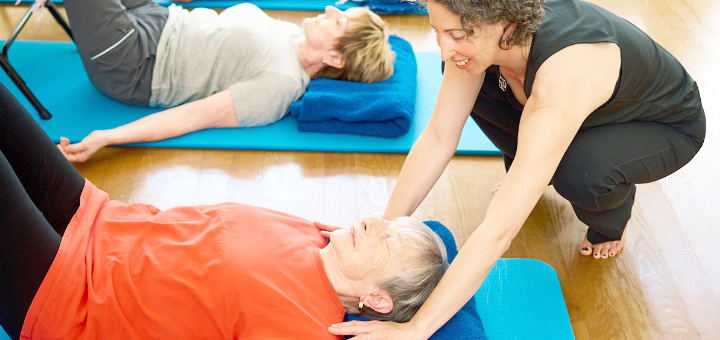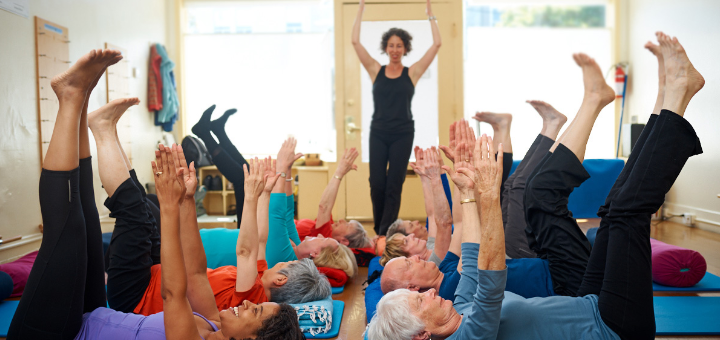Anatomy 101 (of a Yoga Research Study)


Today, I have tips for you on how to dissect and read a journal abstract or article and absorb what you see. We will also discuss some starting questions you might ask about a yoga research study and its limitations.
Here’s my own process of seeing a journal article: First, I read the abstract, looking for the research questions. What questions does it ask and answer? Important: what were the key materials, methods and interventions (what they actually did) and the measuring techniques.
Truly, I love to begin at the end by reading the authors’ conclusion and discussion, looking for (statistically) significant findings and forward-leading questions. Then I scan back through to see the study population and sample size. How many total participants started and stuck with it? Who were they (look at demographics like gender, age, race/ethnicity)?
For reliability, I look for a randomized controlled trial, or RCT. And my very favorite, beyond a single study, is to find a systematic review of yoga research, which is a review of several studies and/or data sets in an area of research, like yoga and back pain.
As a quick overview, let’s dissect the parts of a typical journal article
- Journal lists the publication title and date.
- Title states what the article is about.
- Authors lists those who analyzed, synthesized, and wrote up data.
- Abstract summarizes the article.
- Introduction establishes the research problem and hypothesis. May include literature review for context.
- Materials and Methods describes the procedures used in research.
- Results reports the findings or outcomes of the procedures.
- Discussion interprets results, explaining them and comparing them to the results of other experiments.
- Conclusion focuses the reader on what is important about the research, its contribution to the larger area of study.
- References lists sources used in the article.
Now with this basic map for reading research, you have guideposts and definitions to get started. Below, I’ve listed links and resources where you can begin to find yoga studies. You may want to practice looking at a few articles on the topics that interest you.
(© 2019. Rachel Lanzerotti, Five Rivers Yoga LLC.)
Read more of Rachel’s posts on yoga research >
Where you can search online for yoga research:
US National Library of Medicine & National Institute of Health
National Center for Complementary and Integrative Health
IAYT Digital Resource Library— includes research summaries for IAYT members on topics that include yoga therapy for cancer, mental health, hypertension and heart disease, musculoskeletal conditions and pain, and other conditions.
Also see Pamela E. Jeter’s articles on “Making Research Relevant to Your Yoga Therapy Practice,” in Yoga Therapy Today Summer 2016 and Winter 2017
About Rachel
Rachel Lanzerotti (MSW, eRYT500, IAYT-Certified Yoga Therapist)is the Founder of Five Rivers Yoga Therapy and creator of The RE/ST Method for Pain Recovery™. She is a Body-Mind Yoga Therapist, meditation teacher, counselor, health educator and specialist in back pain relief. Rachel has taught at UCSF Osher Center for Integrative Medicine and Spirit Rock Meditation Center.
She holds a BA in Human Biology from Stanford University and Master of Social Work (MSW) from San Francisco State University. For a decade prior to founding Five Rivers Yoga Therapy, Rachel ran an organizational consulting practice with community-based groups. She spent many years focused on direct action work for nonprofit and social change organizations.







hi rachel,
thanks for the cool series really love the approach of combining eastern traditions with our western way of analyzing it!
Thank you for your kind words, samsarayoga!